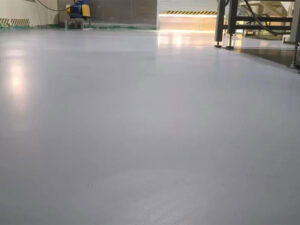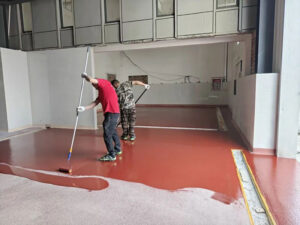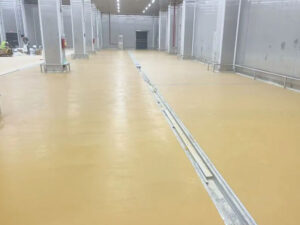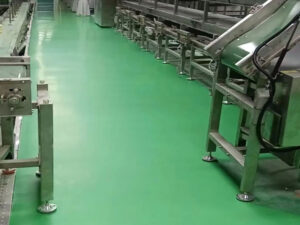1. Fire-Resistant Paint for Wood
Fire-resistant paint (wood fire retardant coating) is a specialized protective coating applied to wood and other substrates. Its primary function is to slow flame spread and reduce fire risks. When exposed to high temperatures, intumescent fireproof paint for wood expands to form a dense char layer, insulating the material from heat and oxygen.
There are two main types: intumescent fire-resistant paint for wood (ideal for indoor wood structures, expands up to 50x when heated) and non-intumescent fire retardant paint (uses inorganic compounds for long-term protection in industrial settings).
This fireproof wood coating offers:
- Easy application (spray or brush)
- Cost-effective wood fire protection
- Aesthetic flexibility (available in decorative finishes)
Widely used in fire-resistant wood construction, furniture, and industrial facilities, it’s a practical passive fire protection solution. Popular search terms like “best fire retardant paint for wood” and “how to make wood fire resistant” reflect its demand.
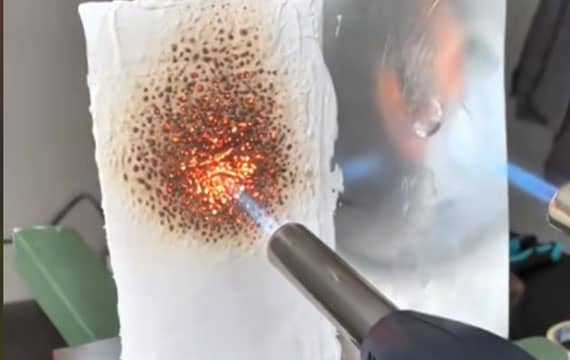
2. Pressure Impregnation & Soaking Methods
Wood fire resistance can be significantly enhanced through chemical impregnation, where flame-retardant compounds penetrate deep into the wood fibers. This method alters the material’s combustion properties, making it harder to ignite and slowing flame spread.
2.1. How It Works
- Chemical Penetration: Flame retardants (e.g., ammonium phosphate, borate compounds) are infused into wood via soaking or pressure treatment.
- Reaction to Heat: When exposed to fire, these chemicals:
- Release water vapor or non-flammable gases (cooling the surface).
- Form a protective char layer, insulating the wood.
- Interrupt combustion by suppressing flammable volatiles.
2.2 Two Primary Treatment Methods
(1) Soaking (Dip Treatment)
- Process: Wood is submerged in a flame-retardant solution (e.g., borax or boric acid mix) for hours/days.
- Best for: Thin wood products (plywood, veneers) where deep penetration isn’t critical.
- Limitations: Less effective for dense wood; may require reapplications.
(2) Pressure Impregnation (Autoclave Treatment)
- Process: Wood is placed in a pressurized chamber, forcing retardants (e.g., ammonium sulfate, zinc chloride) deep into the cellular structure.
- Best for: Structural timber, beams, and outdoor wood requiring long-term fire resistance.
- Advantages:
- Deeper, more uniform protection vs. soaking.
- Weather-resistant (some formulations also repel insects/fungi).
2.3 Key Flame Retardants Used
| Chemical | Effect | Common Uses |
|---|---|---|
| Ammonium Phosphate | Releases phosphoric acid to promote charring | Indoor furniture, wall panels |
| Sodium Borate (Borax) | Smothers flames, suppresses smoke | Roofing, structural lumber |
| Guanidine Phosphate | High heat resistance, low toxicity | Aircraft interiors, high-safety builds |
2.4 Advantages Over Surface Coatings
- Longer-lasting protection (chemicals remain active for years).
- No surface alteration (ideal for natural wood aesthetics).
- Combined benefits (some retardants also resist mold/termites).
2.5 Limitations & Considerations
- Not all wood types absorb chemicals equally (dense hardwoods may require longer treatment).
- Outdoor use? Borate-based treatments can leach out in rain unless sealed.
- Cost: Pressure treatment is more expensive than paints but offers superior penetration.
This method is ideal for structural timber, historic buildings, and high-risk environments where surface coatings aren’t enough. For optimal results, combine with fire-resistant sealants for exterior applications.

3. Surface-applied fire-resistant materials
Enhancing wood fire resistance through surface cladding is an effective physical barrier method that protects timber structures without altering their chemical composition. This approach creates a fireproof layer between flammable wood and potential ignition sources, significantly extending fire resistance duration.
3.1 Core Principles and Material Properties
The method relies on the inherent properties of non-combustible cladding materials. Common wood fireproofing materials include gypsum boards, fire-rated panels, and metal sheeting – each offering unique fire protection mechanisms.
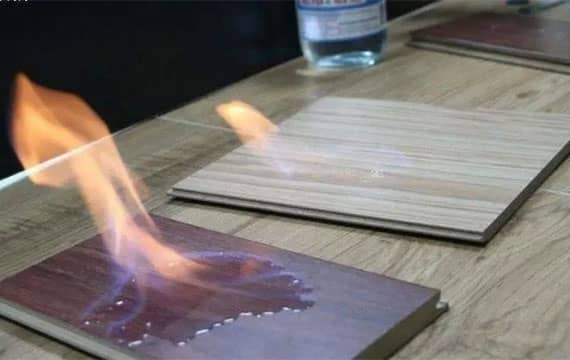
Gypsum board, a popular fire-resistant wood coating, provides protection through its water-of-crystallization content. When heated, it releases moisture to absorb thermal energy, delaying temperature rise in underlying wood. Standard 12mm gypsum boards typically offer 30 minutes of fire protection, making them cost-effective solutions for interior wood walls and ceilings.
Fire-rated panels (calcium silicate or magnesium oxide boards) contain inorganic compounds that withstand temperatures exceeding 1000°C without emitting toxic fumes. These wood fireproof panels demonstrate excellent moisture resistance, suitable for exterior applications or high-humidity environments. Properly installed, they can provide 60+ minutes of fire resistance for structural timber.
Metal cladding (aluminum or steel sheets) protects wood through superior heat dissipation and oxygen exclusion. However, thermal insulation layers are often necessary to prevent heat transfer that could accelerate wood charring. Metal solutions are particularly durable for industrial wood structures requiring mechanical protection.
Installation Considerations and Applications
Proper installation ensures system integrity. Seams between panels require fire-resistant sealants to prevent flame penetration, while stainless steel fasteners or specialized fireproof framing maintain structural stability at high temperatures. Multi-layer systems (e.g., gypsum with rock wool) can achieve enhanced fire resistance ratings.
This method proves ideal for heritage conservation where original wood must remain unaltered, commercial spaces needing code compliance, or moisture-prone environments requiring combined fire and water protection.
3.2 Advantages and Limitations
Unlike chemical wood fire retardant treatments, cladding provides consistent performance unaffected by wood species or aging. The additional benefits of sound insulation and thermal regulation make these systems multifunctional. However, increased thickness and weight may impact design aesthetics, while installation complexity and costs often exceed those of fire-resistant paints.
3.3 Industry Applications
Modern advancements produce lighter, stronger fireproof cladding materials. Architects frequently combine these with intumescent wood coatings for multi-tiered protection. Selection depends on project requirements – gypsum for residential applications, composite systems for commercial buildings, and specialized panels for industrial facilities. All installations must comply with regional fire safety standards like ASTM E119 or EN 13501.

